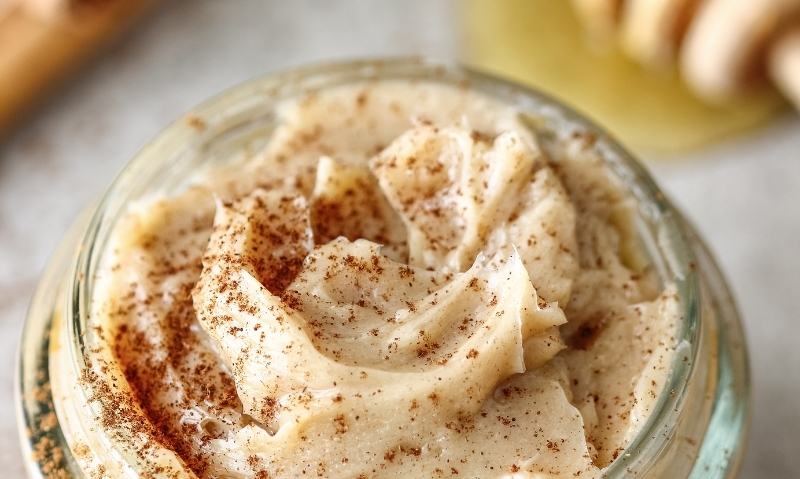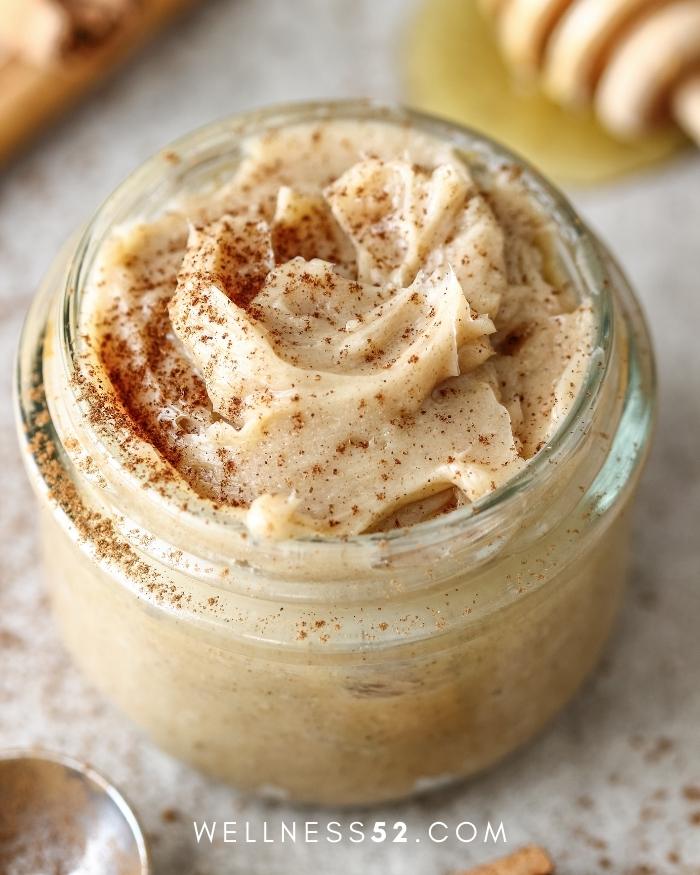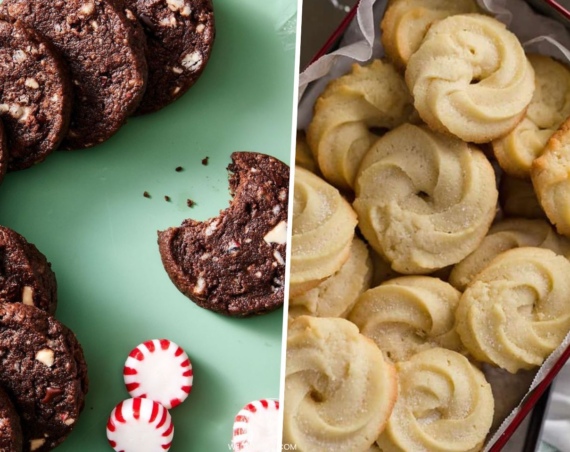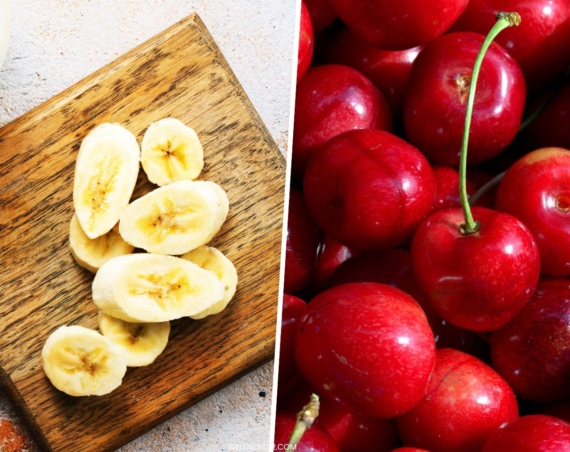
When starting a high-fat diet like keto, it’s tempting to tap into any source of fats to meet your daily fat requirement.
After all, keto dieters must take over 75% of daily calories from fats for ketone production, and that’s no easy task.
With the keto diet’s strict guidelines on its fat intake, it’s easy to get caught up focusing on the quantity of fats, rather than their quality.
But the truth is, not all fats are created equal.
Some are heart-healthy fats like monounsaturated fats are unprocessed and wholesome, while others like trans fats are unhealthy and may raise the risk of heart disease.
To succeed on a keto diet, it’s just as important to remember to make food choices that favor clean and healthy fats.
That’s both to remain in a state of ketosis and to achieve optimum health with ketone production.
There is to take enough fat for ketone bodies, but there is to choosing the good type of fat for healthy bodies.
A successful keto diet takes an aim at both and that’s what this fat guide for a ketogenic diet is all about.
Here are 47 healthy fat foods to enjoy on a ketogenic diet and 3 types of fats to avoid.
47 Healthy Fats for Keto

Meat and Fish
Sources of good fat aren’t limited to vegetable oils and dairies like grass-fed butter and ghee.
Food items that are known primarily for their high-protein content can also be a great source of healthy fats.
In the case of animal-based fat, it’s mostly saturated fat that solidifies at room temperature. For fish, it’s a combination of saturated and unsaturated fats.
Besides dietary fats, protein is another macronutrient that’s essential to a ketogenic diet.
Thankfully, there is no shortage of protein foods in western diets.
Some red meat, poultry, and fish provide high-quality protein along with much fat that’s essential in ketone bodies.
It’s also one food source that’s void of carbohydrates.
In particular, fatty fish like tuna and salmon are known for their high omega-3 fatty acids, particularly EPA and DHA.
Fish is one fatty food that comes with health-boosting minerals like magnesium and selenium.
Recent studies show they help prevent heart disease as well as manage cholesterol. Omega 3s are also known to boost brain health as well as heart health.
It’s no coincidence the Mediterranean diet rich in fish and seafood is known as a heart-healthy diet.
As for red meat and poultry, whether it’s beef, pork, chicken, or turkey, there is no other food that contains as much protein.
To pick the best quality, go for organic and grass-fed varieties as much as possible.
They help limit and minimize exposure to steroids and hormones.
It’s also wise to choose fatty meat over overly lean meat. When possible, go for red meat and fatty cuts that are grass-fed and pasture-raised.
For steaks, ribeyes are the ideal choice. If you are using ground beef, pay attention to its fat content.
For pork, pork belly cuts are known to contain the most fat.
When choosing poultry like chicken and turkey, go for thighs. Breasts tend to be whiter and leaner.
When adding more fatty protein items to your diet, be sure to do so in moderation.
Based on a 2,000-calorie diet, limit your total calorie intake from protein to about 10-20% or about 75 grams of protein.
Here are fat protein sources you can add to your keto meal plan.
- Fish (tuna, salmon, sardines, and mackerel)
- Lamb
- Pork
- Veal
- Ham
- Bacon
- Sausage
- Venison
- Liver
Low-carbohydrate fatty protein meal ideas:
- Baked salmon with a side of roasted brussels sprouts
- Ribeye steak with cauliflower mash
- Stir-fry Asian Beef and Broccoli
- Veggie salami snack board
- No bean chili with bell pepper, onion, and ground beef
Oils
When eating a ketogenic diet that relies on its low carb intake and high fat intake for ketosis, it’s essential you are equipped with a selection of healthy oils.
Plant-based oils like avocado oil and extra virgin olive oil are a true pure form of fat that’s completely free of carbs and protein.
While most plant-based vegetable oils are sources of unsaturated fats, note that coconut oil is saturated fat.
Because oils are purely fat with no other macronutrient content, it’s a great addition to a keto diet.
They instantly supply ketone bodies’ main source of energy while controlling the other macronutrient intake.
Simply put, it’s a quick and easy way to include more fat in your keto diet without any carbs and protein.
Adding oils to meals and drinks directly is in fact common practice for experienced keto dieters.
While cooking with them is certainly the easiest way to include them in your keto meals, there are many other ways.
Mixing in a tablespoon or two of MCT oil into a bulletproof coffee in the morning is quite popular.
Others like to flavor solid coconut oil with dark chocolate and stevia to make fat bombs and enjoy them as a low-carb dessert that satisfies a sweet tooth.
Sauces, salad dressing, and dips are other places that are easy to incorporate more oils.
But that’s not to say any and all cooking oils should be considered healthy and ketogenic.
Like other foods, some are healthier and more wholesome than others.
Here are 10 healthy oils for a keto diet food list.
- Avocado Oil
- Coconut Oil
- Flaxseed Oil
- Macadamia Oil
- Brain octane oil
- MCT oil ( medium-chain triglycerides)
- Olive Oil (EVOO)
- Palm Oil
- Sunflower Oil
- Fish Oil
How to include more oils into a low-carb diet:
- Take fish oil supplements
- Drizzle EVOO on a salad
- Make avocado oil dressing
- Make coconut oil fat bombs
Full-Fat Dairy
Another source of fat that’s popular amongst keto dieters and comes with many health benefits is dairy.
Dairy products like grass-fed butter, heavy whipping cream, cream cheese, and sour cream are stapled keto-friendly foods.
Besides their fat content, they supply a good dose of calcium, potassium, phosphorus, vitamin D, and antioxidants. They help maintain healthy bones,
Some also contain probiotics that have beneficial effects on your digestive health, constipation, and heart health.
Typically dairy products also carry very few grams of carbohydrates.
It makes sense to include an abundance of full-fat dairy into a keto diet meal plan unless you are lactose intolerant.
They also add a rich flavor to your otherwise bland-tasting foods and are a perfect way to jazz up many keto recipes.
Diary’s high-fat content means it’s filling and helps you stay full for longer. It’s a great way to snack less and supply your body with essential macronutrients and calories.
While not all dairy products are created equal, here are some keto-friendly choices to include in your diet.
- Butter (Preferably grass-fed)
- Ghee
- Cream
- Cottage Cheese
- Greek Yogurt
- Cocoa Butter
- Lard
- Eggs
- Full Fat Cheese ( Harder cheese typically have fewer carbs)
- Mayonnaise
- Tallow
- Spread Cheese (Cream cheese, Sour Cream, Mascarpone, Creme Fraiche)
How to include dairy products in keto-friendly recipes:
- Make egg omelet with heavy cream and eggs
- Make cottage cheese dip for low-carb vegetable sticks
- Creamy spinach with cheese and sour cream
- Top Greek yogurt with strawberries and other berries.
- Enjoy an ounce of hard cheese for snacks
- Make grain-free, cauliflower mac and cheese with cheddar cheese
- Make homemade sugar-free ice cream with erythritol
Nuts, Seeds, and Seeds Butter
Nuts and seeds are good sources of protein, healthy fats, dietary fiber, and vitamin E.
They make a convenient portable snack to fill your craving and hunger.
They also help regulate food intake, making them a great option for those looking to be sensible with their weight loss.
While they can be eaten raw and as is, nut butter is another option you can use in many keto recipes.
Nut butter like peanut butter and almond butter can be used in baking, smoothies, and even fat bombs.
They can also be enjoyed the traditional way – PB & J with ketogenic low-carbohydrate bread.
Fats found in nuts and seeds are considered healthy fats. You can find polyunsaturated fats, omega-6s, and omega-3 fatty acids.
These healthy fats are known for their effectiveness in reducing the risk of heart disease, obesity, and other illnesses.
While a diet rich in nuts and seeds is considered healthy, be sure to check the nutrition label. Avoid ones with additives and sugar-containing flavors.
They are a great source of fat for a keto diet, they also come with calories and other macronutrients like protein and carbohydrates.
Eat them in moderation to avoid taking extra calories which may lead to weight gain.
Here are some healthy nuts and seeds with high-fat content.
- Macadamia Nuts
- Brazilian Nuts
- Coconuts (coconut butter)
- Pecans
- Almonds
- Almond Flour
- Walnuts
- Hazelnuts
- Cashews
- Almond Butter (Avoid butters with added sugars)
- Sunflower Seeds
- Sunflower-Seed Butter
- Sesame seeds
- Chia Seeds
- Flaxseeds
- Pumpkin Seeds
How to eat nuts and seeds:
- Add a tablespoon of nut butter into your favorite fat bomb recipes.
- Spread a spoonful of peanut butter on veggie sticks.
- Make a smoothie with leafy greens like spinach, sunflower seed butter, and coconut milk.
- Make a low-carb trail mix with nuts, dark chocolate, an
- Make a vegetarian pudding with chia seeds
- Make grain-free granola
Bad Fat to Avoid
Avoid foods that contain processed trans fats. Since they tend to be worse for your health.
- Fast-Food Meats: These are the process and are often cooked in unhealthy vegetable oils.
- Vegetable and Seeds Oil: Corn oil, canola oil, cottonseed oil, and grape seed oil are highly processed.
- Margarine: Avoid hydrogenated fat and other partially hydrogenated oil.
Also check out:
Final Word
The ketogenic diet is centered around high-fat foods, but some sources of fat are healthier than others.
Fatty fish, avocados, olives, nuts, and seeds are a few examples of nutritious sources of healthy fats.
The best ones that support your health and maintain your metabolic state of ketosis are the ones rich in micronutrients.
All while, avoid ones that are highly-processed and include trans fat like canola oil, margarine, and fast food.


